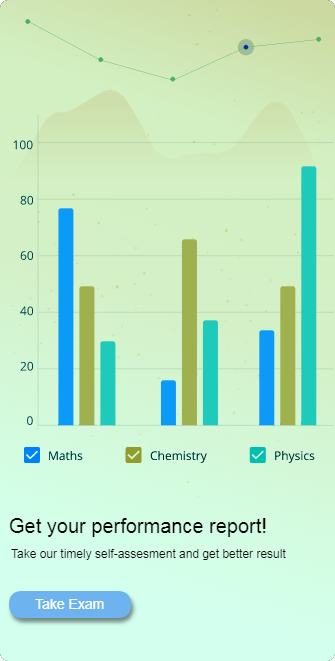The euglenoid flagellates are the most interesting organisms having a mixture of animal and plant characteristics. The characteristic features are:
- They are unicellular flagellates.
- These protists lack a definite cellulose cell wall. Instead, the cells are covered by
a thin membrane known as a pellicle. The pellicle is composed of protein, lipids, and carbohydrates. - One or two flagella that help these protists in active swimming are present. If two flagella are present, then one is long, and other is short. They are tinsel – shaped i.e., with two longitudinal rows of fine hairs. Each flagellum has its own basal granule. The two flagella join with each other at a swelling, called paraflagellar
- body and finally only one long flagellum emerges out through the cytostome.
The cell at the anterior end possesses an eccentric mouth or cytostome which leads into a flask-shaped cavity viz. gullet or cytopharynx. Gullet opens into a large basal reservoir. - At one end of the reservoir, the cytoplasm contains an orange-red stigma (eyespot). The eyespot is a curved plate with orange-red granules and contains red pigment astaxanthin. Both the paraflagellar body and eyespot act as photoreceptors.
- Just below the reservoir is found a contractile vacuole having many feeding canals. The contractile vacuole takes part in osmoregulation. It expands and pumps its fluid contents in the reservoir.
- The mode of nutrition in euglenoids is holophytic or photoautotrophic. Some euglenoids show mixotrophic nutrition (both holophytic as well as a saprobic mode)
- .Cytoplasm is differentiated into ectoplasm and endoplasm. The nucleus is large and occurs roughly in the middle. The envelope and nucleolus persist during cell division.
- Each chloroplast is composed of a granular matrix traversed by 10-45 dense bands and is covered by a 3-membraned envelope. They contain the photo¬synthetic pigments-chlorophyll – n, b. They store carbohydrates as paramylon bodies, scattered throughout the cytoplasm.
- Asexual reproduction occurs by longitudinal binary fission. The flagellum is duplicated before cell division.
- Under the unfavourable condition, the euglenoids form cysts to perennate the dry period.
- Sexual reproduction is not observed.




